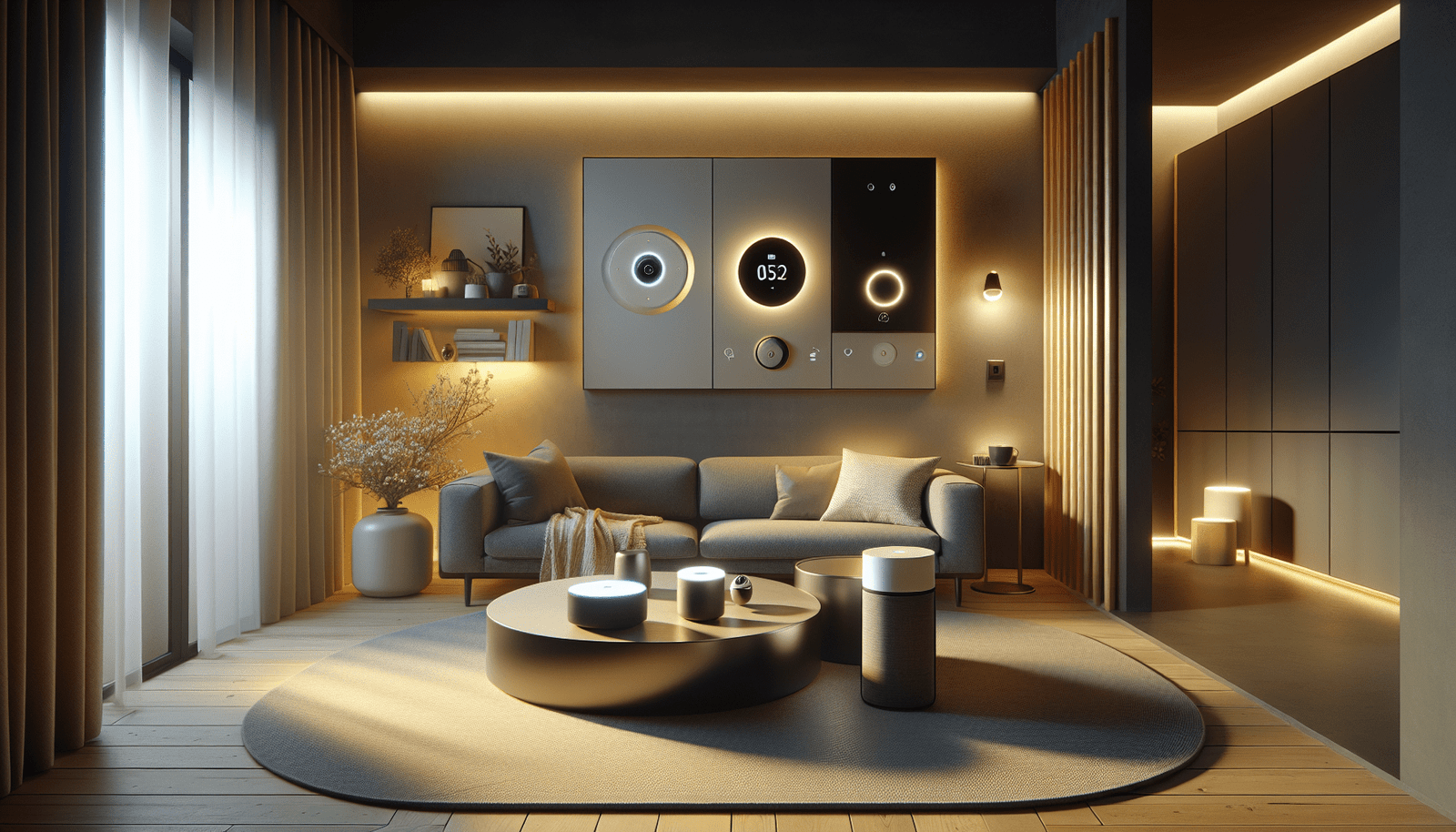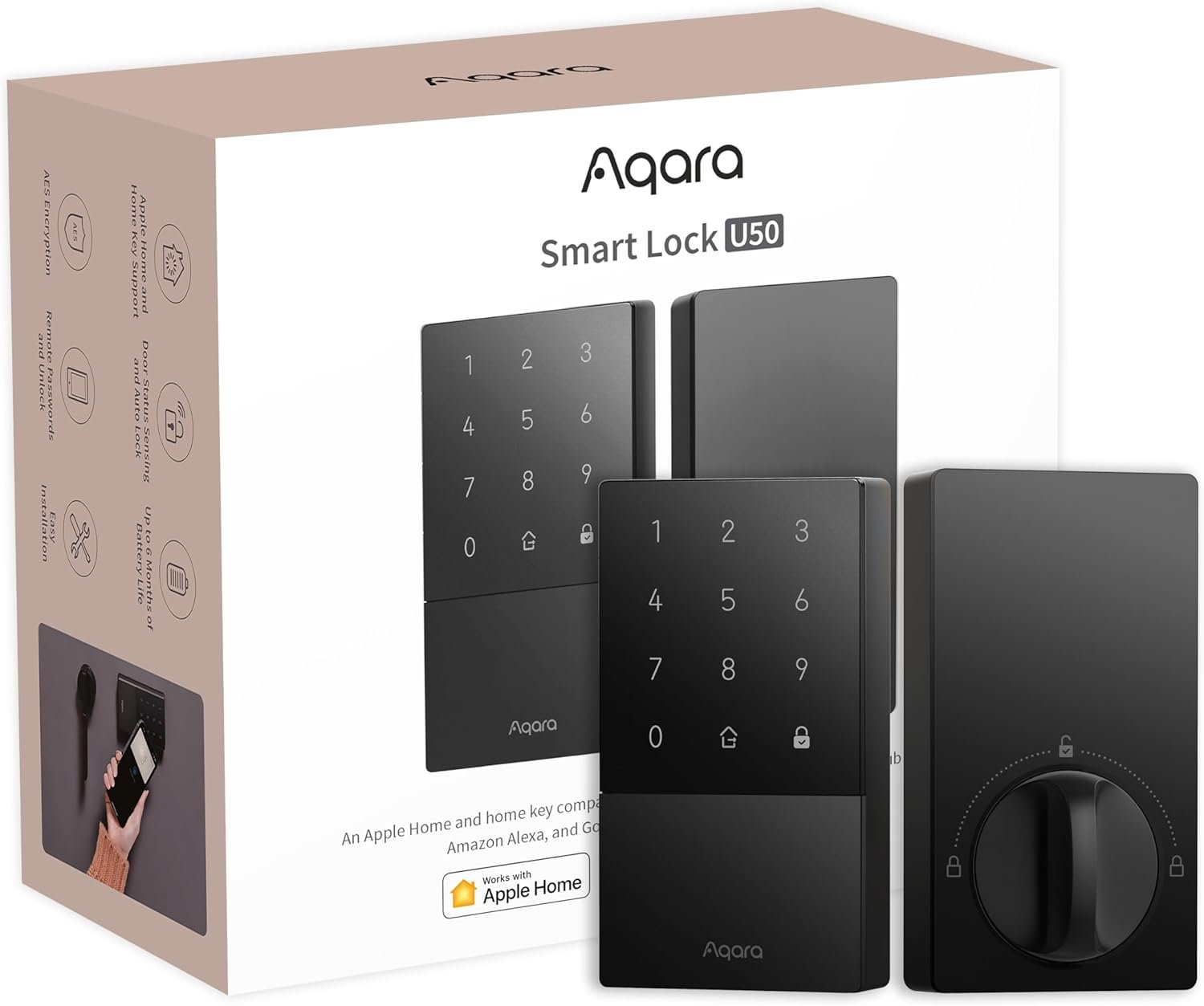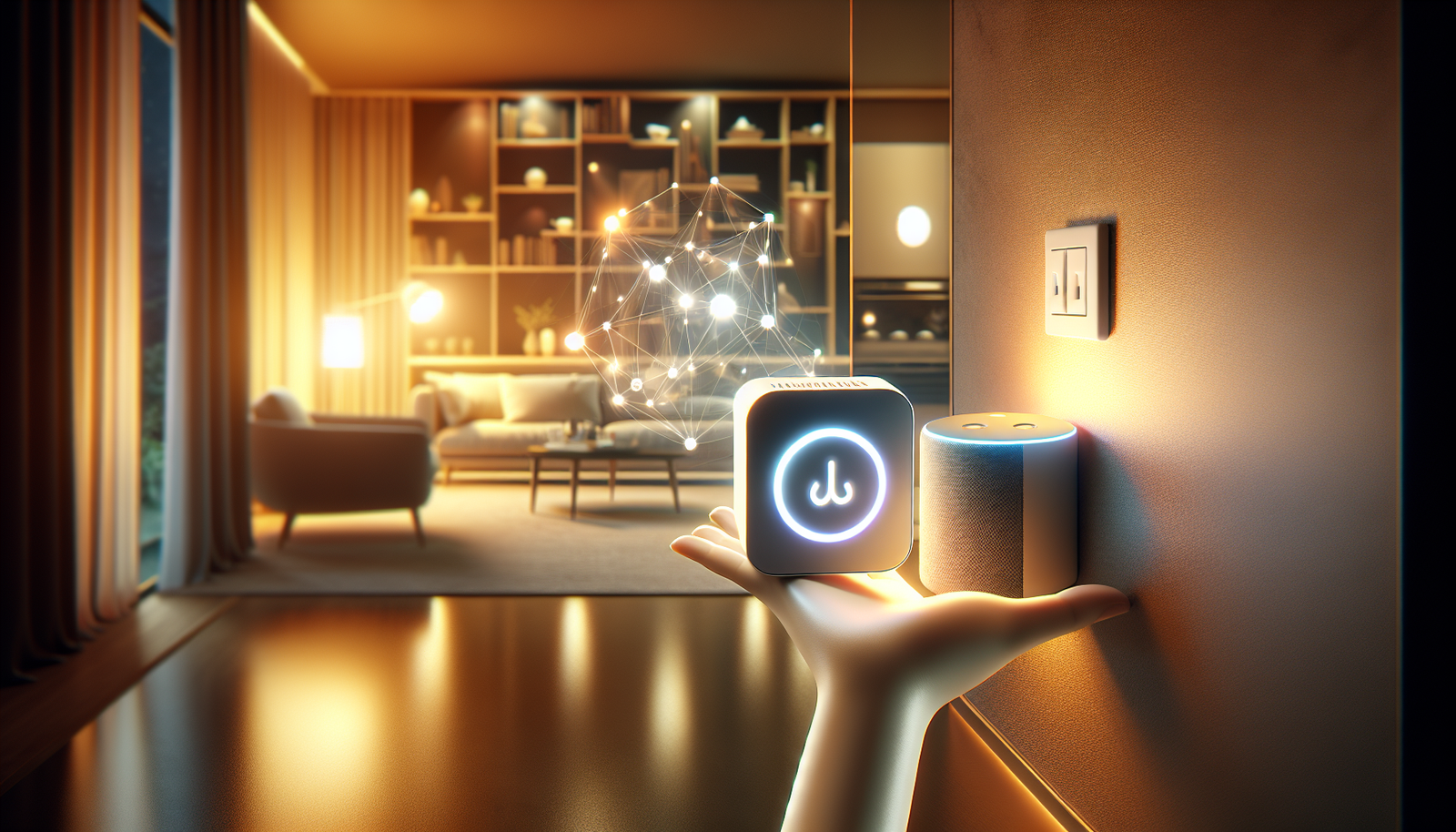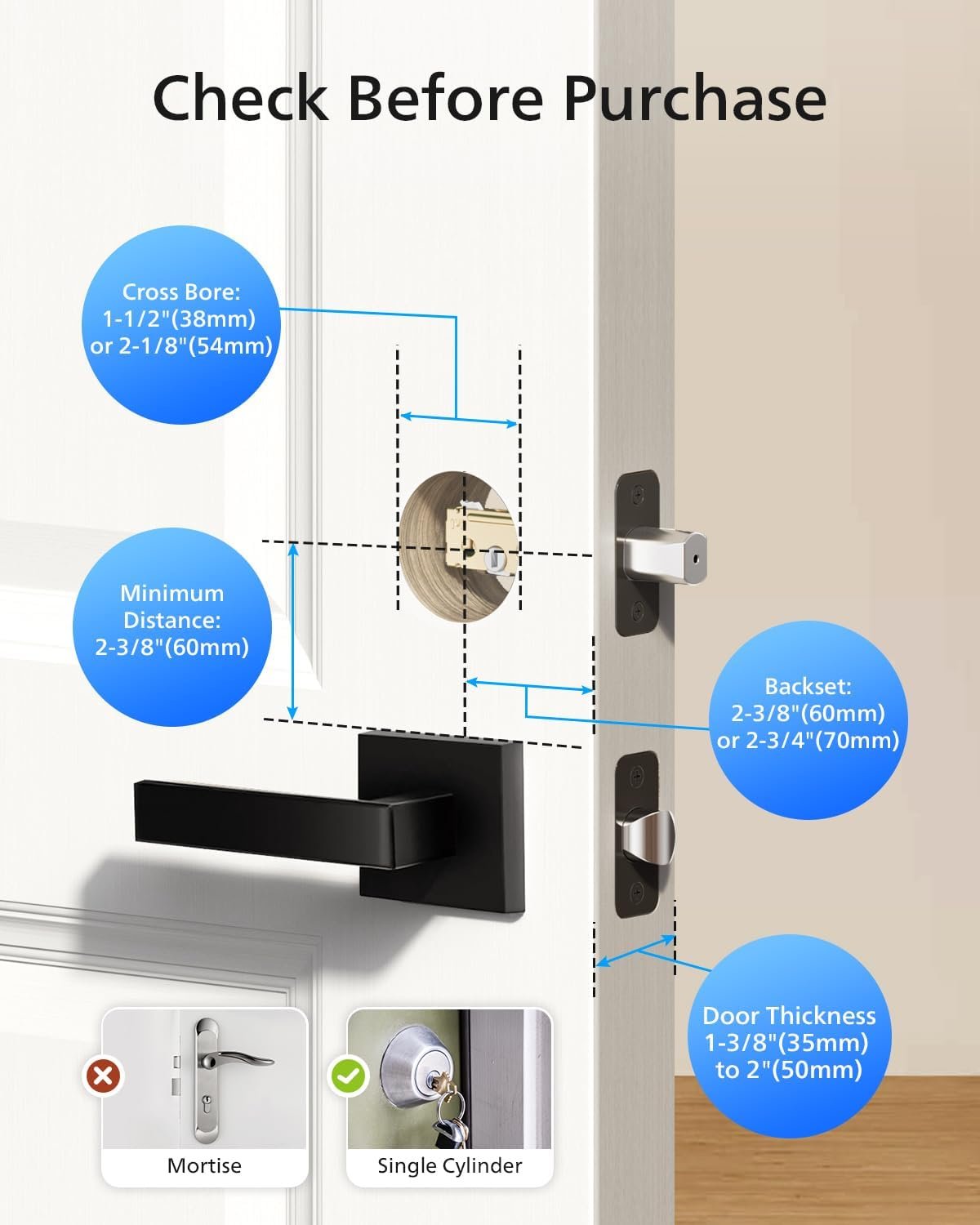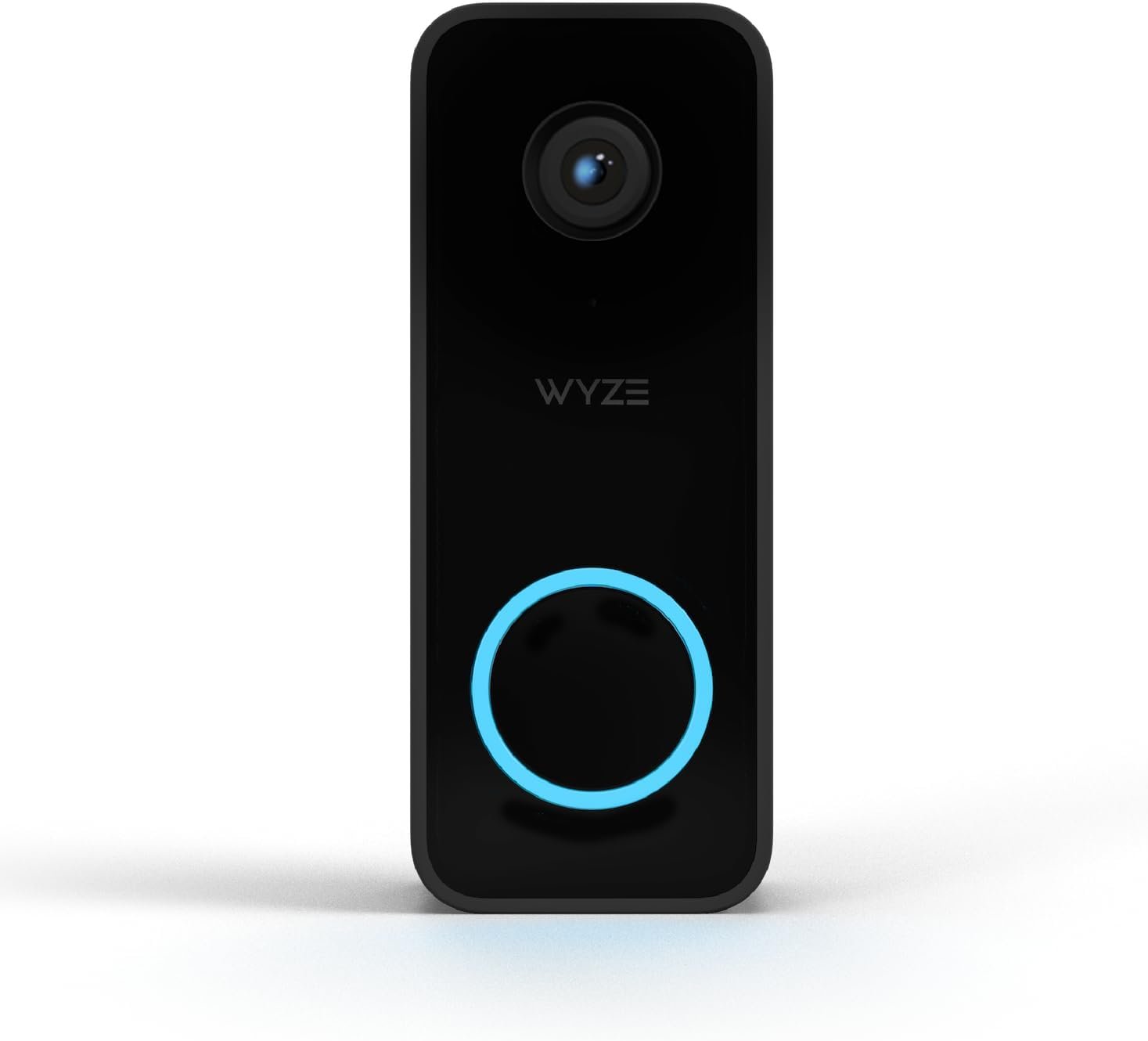Are you curious about how you can improve your living environment by integrating smart technology into your home? Setting up a smart home can seem daunting, but with the right knowledge and insights, you can create a connected, efficient, and enjoyable living space with ease. Let’s explore this fascinating world of smart technology and discover how it can change the way you live.
Understanding Smart Home Technology
Smart home technology involves the use of internet-connected devices to automate and control household systems remotely. These devices communicate with each other, providing users with increased convenience, efficiency, and security in their homes. The concept revolves around forming an interconnected network of devices that can be managed and monitored via smartphones, tablets, or computers, often using voice assistants like Alexa, Google Assistant, or Siri.
What Constitutes a Smart Home?
A smart home includes various devices such as smart lighting, thermostats, security systems, speakers, smart plugs, and kitchen appliances. Each device serves unique functions, but together, they contribute toward a cohesive and efficient living environment. Understanding the full scope of smart home technology will help you better select the devices that suit your needs and lifestyle.
Cost and Value Considerations
When exploring smart technology, it’s crucial to weigh both initial costs and potential long-term savings. While some smart devices come with a significant price tag, they may offer savings over time through energy efficiency and reduced utility bills. Consider not only upfront costs but also return on investment (ROI) to determine if the ends justify the means.
Initial Installation Costs
Smart home devices vary widely in price. While some solutions like smart plugs and bulbs can be quite affordable, investments in full security systems or high-end smart appliances can be costlier. It’s essential to establish a budget and identify which smart home upgrades will provide the most value according to your unique circumstances.
Long-Term Savings and ROI
Many smart devices contribute to energy efficiency, which can lower your utility bills over time. For example, smart thermostats optimize heating and cooling, potentially slashing energy costs by a significant margin. It’s beneficial to calculate potential savings to appraise the financial advantages of smart home technology.
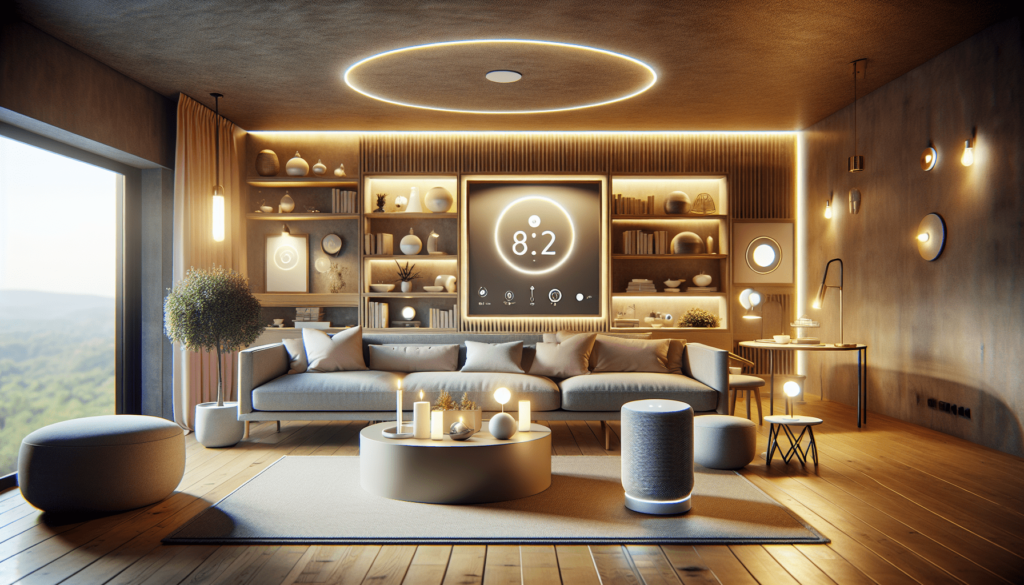
Comparisons and Examples of Smart Home Solutions
With a myriad of smart devices available, choosing the right ones may be overwhelming. Comparing devices and considering real-world use cases can guide you toward informed decisions.
Smart Lighting: A Bright Idea
Smart lighting systems allow users to control lighting via apps, voice commands, or sensors. Popular examples include Philips Hue and LIFX, which offer scheduling, dimming, and color-changing features. Smart lighting is an excellent starting point for new smart home enthusiasts as it’s relatively easy to install and highly customizable.
Smart Thermostats: Comfortable and Efficient
Devices like the Nest Learning Thermostat or Ecobee SmartThermostat adjust to your habits and can be controlled remotely. These thermostats enhance user comfort and promote energy saving by efficiently managing heating and cooling.
Smart Security Systems: Keeping You Safe
For enhanced security, smart cameras, doorbells, and locks like those from Ring and Arlo offer real-time monitoring and notifications. These devices help you stay informed about what’s happening at home, offering peace of mind, whether you’re there or away.
Practical Setup Guides
Setting up your smart home requires a strategic approach. Whether you’re a homeowner or a renter, following structured steps can make the process smoother and more successful.
Step 1: Research and Plan
Start by assessing your needs and preferences, alongside your budget. Identify areas of your home that would benefit the most from smart technology, and prioritize which devices align with your vision. It’s a good idea to create a list highlighting the features most important to you.
Step 2: Choose Compatible Devices
Compatibility is paramount when setting up a smart home ecosystem. Select devices that can communicate seamlessly with the existing technology infrastructure in your home. Ensure that your Wi-Fi connectivity is robust and that your chosen devices support integration with your preferred platform or voice assistant.
Step 3: Installation and Configuration
Follow the instructions provided by the manufacturer to install and set up your devices. Most products come with straightforward setup processes, often guided through apps. If unsure, consider professional assistance to help with more complex installations.
Step 4: Customize and Integrate
Once installed, take time to customize settings. Create schedules and routines that fit your lifestyle, such as programming lights to turn on at dusk or thermostats to adjust as you arrive home. The aim is to make your home as automated and intuitive as possible.
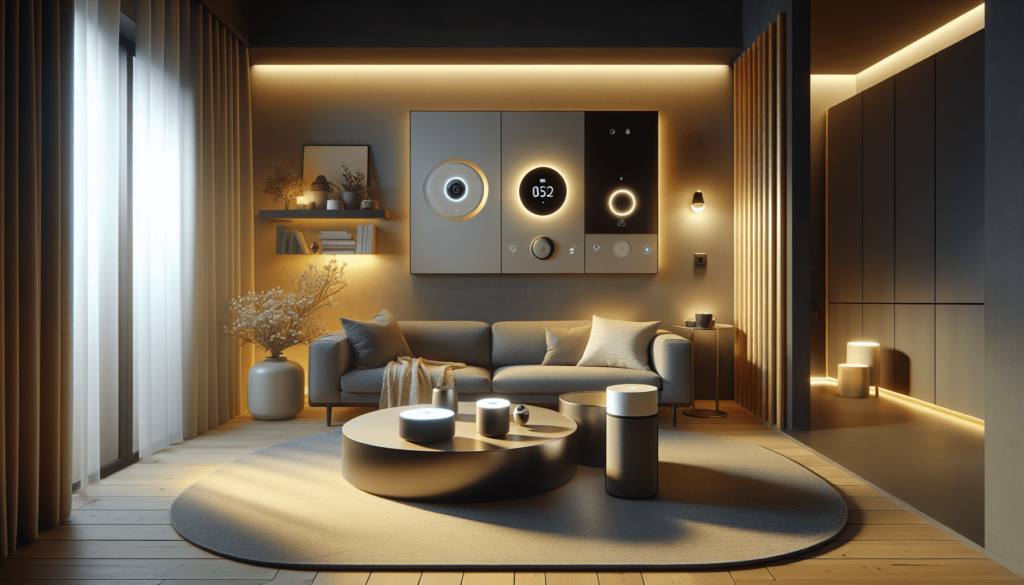
Security and Privacy Factors
While smart devices bring a wealth of benefits, they also necessitate addressing security and privacy concerns. Ensuring that your connected home remains secure from unauthorized access is paramount.
Potential Risks and Safety Features
Every connected device is a potential entry point for cyber threats. It’s essential to safeguard your system with encrypted passwords, two-factor authentication, and regular software updates. Choose reputable brands known for maintaining robust security standards.
Best Practices for Security
Maintain awareness of potential vulnerabilities by routinely updating device firmware and avoiding sharing sensitive information over unsecured networks. Use secure routers and consider setting up a dedicated network for your smart devices to limit exposure to threats.
Energy Efficiency and Sustainability
Integrating smart technology can significantly enhance the energy efficiency of your home, contributing to both cost savings and environmental sustainability.
What Makes Devices Energy Efficient?
Devices like smart plugs, lighting, and thermostats ensure optimal usage by learning your patterns and adjusting accordingly. This automation minimizes wastage, thereby conserving energy and reducing the carbon footprint of your household.
Sustainable Living Through Smart Homes
By choosing energy-efficient appliances and devices, you contribute to a larger vision of sustainable living. Small changes, when compounded, can lead to substantial environmental impact.
Compatibility and Connectivity
Creating a harmonious smart home requires focusing on the connectivity and interoperability of your devices.
Understanding Device Interactions
Choose devices that support integration with popular ecosystems such as Amazon Alexa, Google Home, or Apple HomeKit. This ensures a more coordinated operation across different brands and types of devices.
Hubs and Bridging Gaps
A smart hub can act as a bridge, connecting devices that don’t natively support direct communication. Hubs like Samsung SmartThings facilitate interactions between various smart home devices, creating a smoother user experience.
Future-Proofing and Innovation
As technology advances, staying abreast of emerging trends will ensure your smart home remains relevant and responsive to your needs.
Keeping Up with Future Trends
Innovations like 5G technology, AI advancements, and increased automation promise exciting transformations in smart home technology. Investing in adaptable, upgradable devices helps maintain the longevity of your smart home setup.
Innovations on the Horizon
Expect to see advancements in areas such as home healthcare monitoring, autonomous appliances, and enhanced artificial intelligence that predicts user needs. Preparing for these developments can future-proof your investments against obsolescence.
Conclusion
Establishing a smart home is a worthwhile endeavor that substantially enhances your living environment. By evaluating your requirements, understanding costs versus benefits, and prioritizing security, you will successfully navigate your way toward a more connected and efficient home. Whether for enhanced energy management, convenient automation, or robust security, the smart home technology revolution is within your reach. Make informed choices, and let these innovations transform the way you interact with your living space for the better. Are you ready to take this step toward smarter living?
